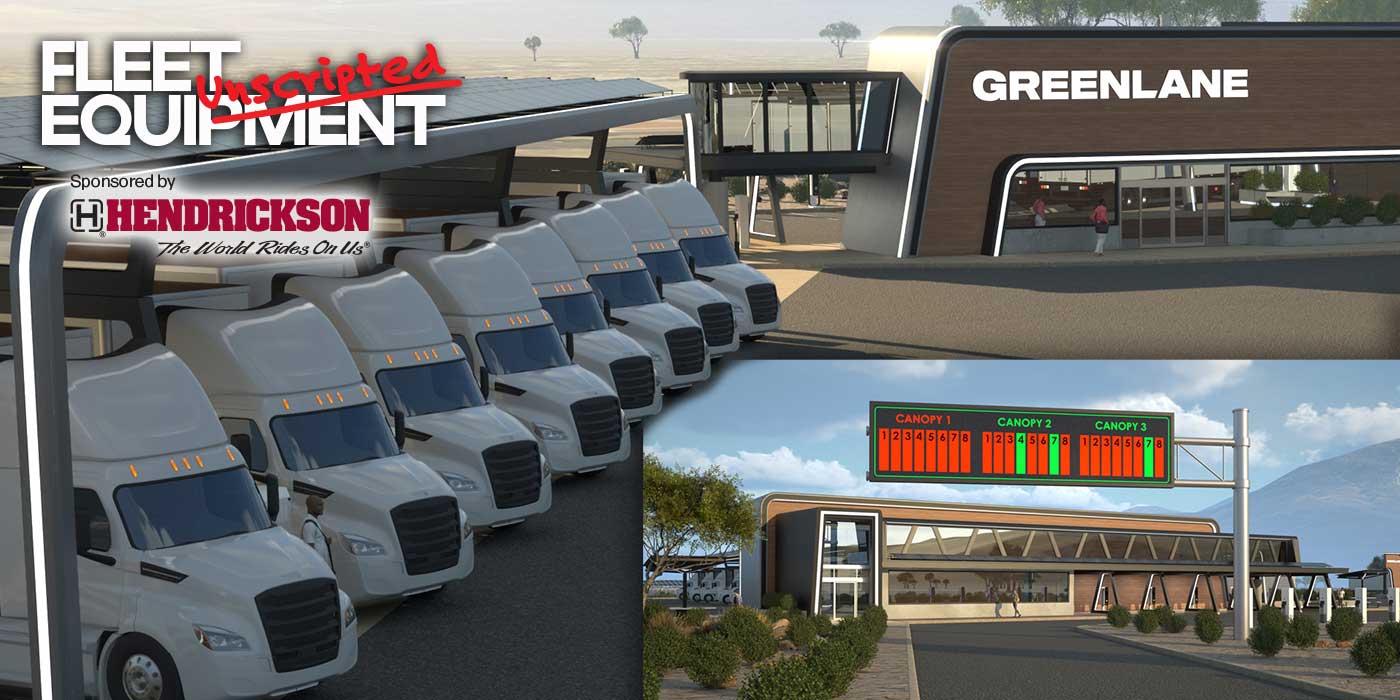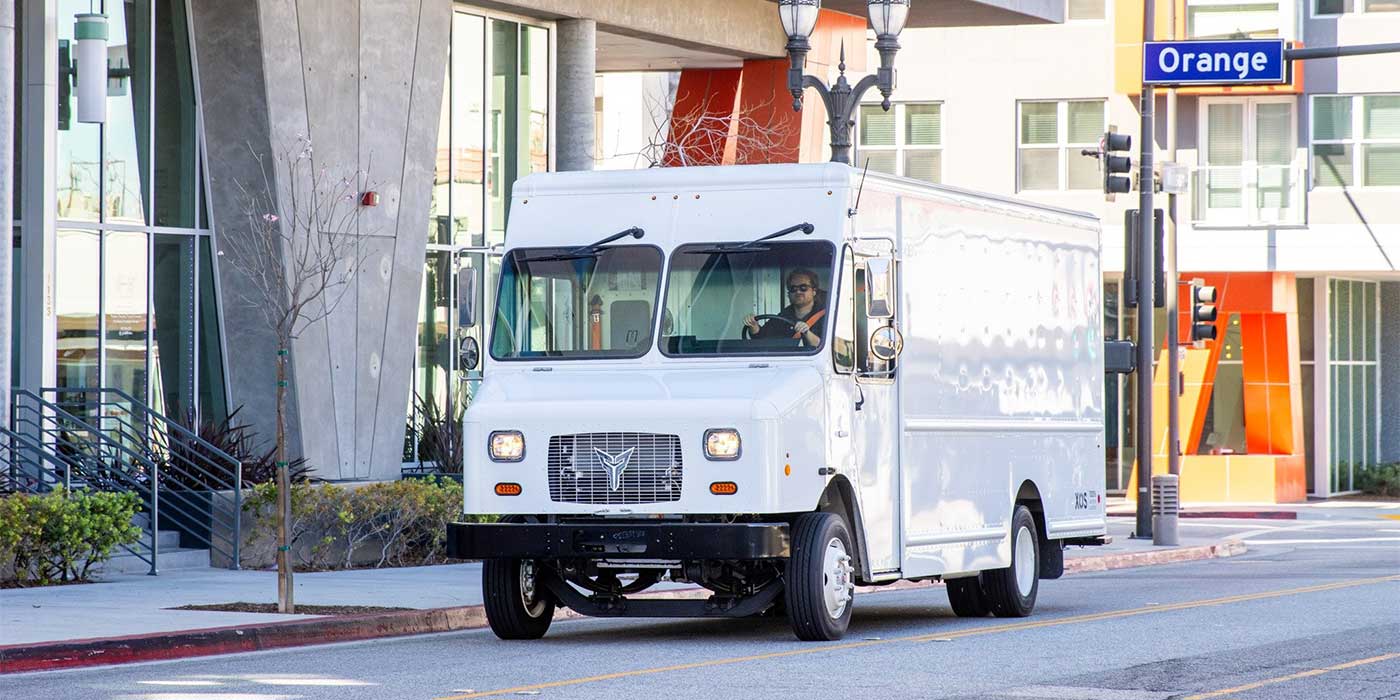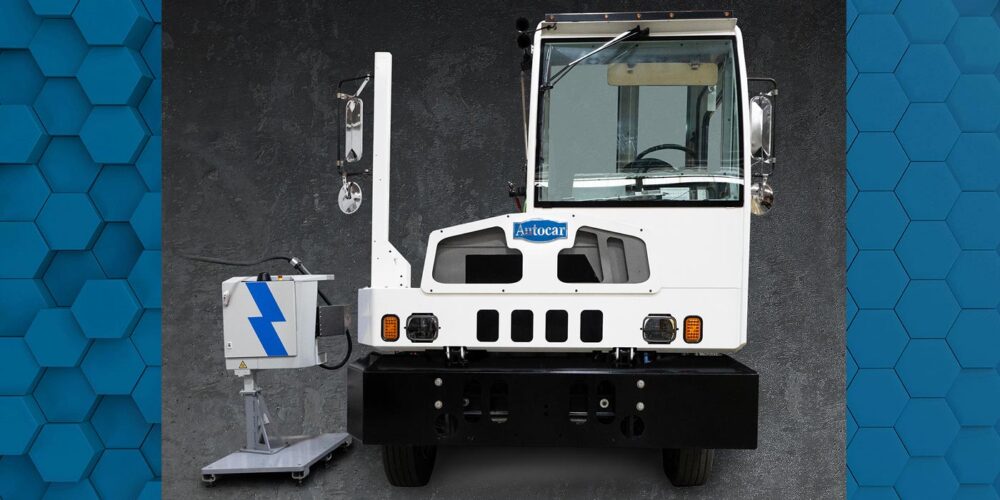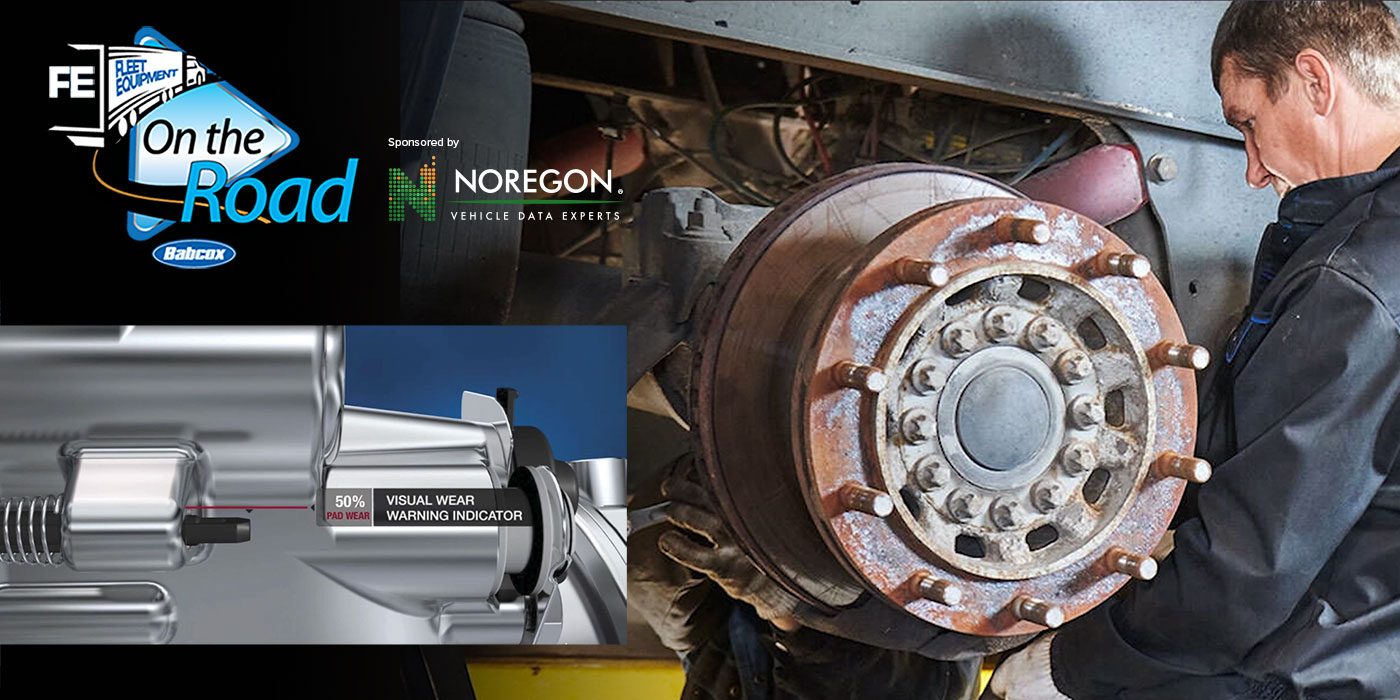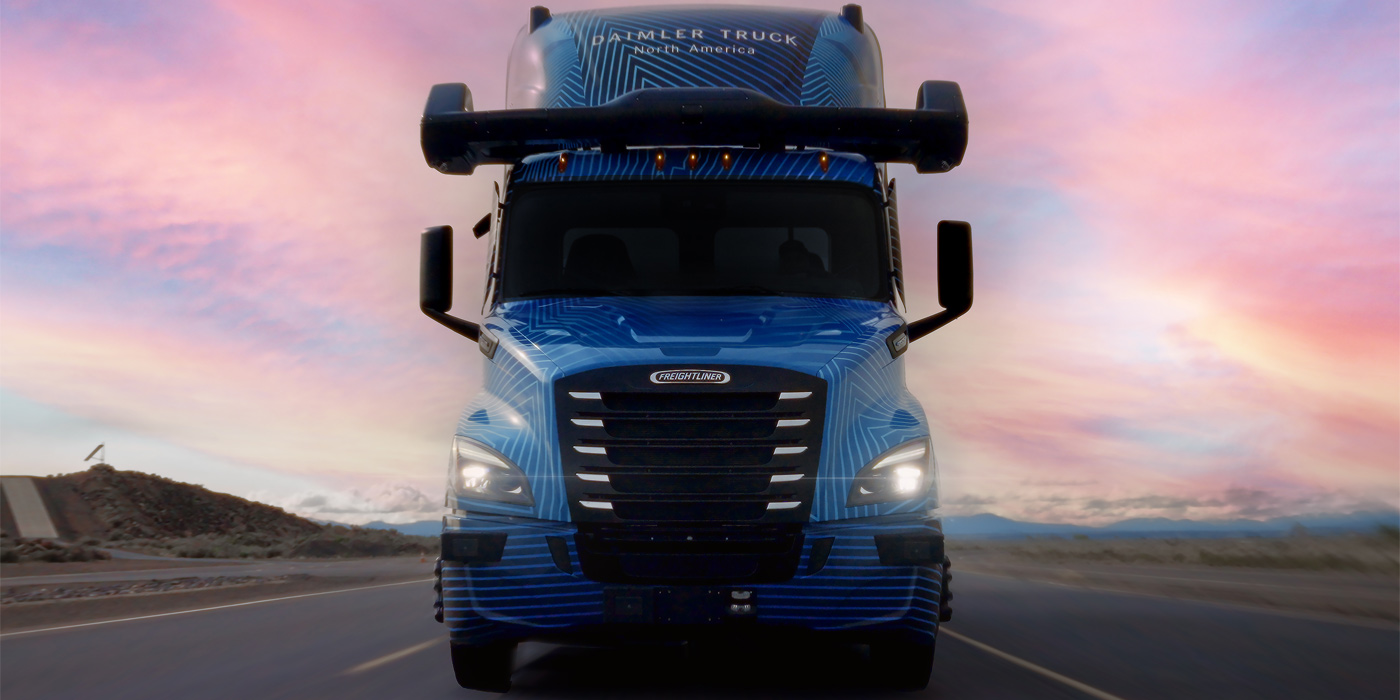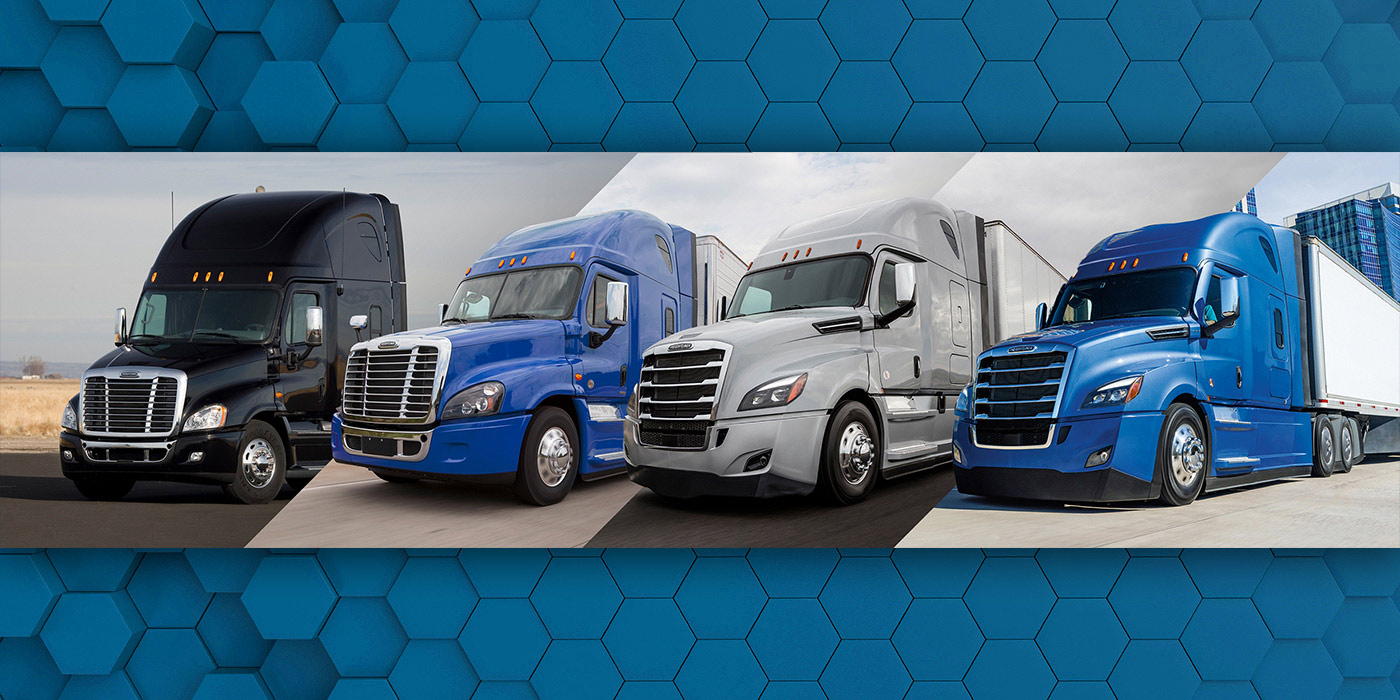If you’ve been keeping close tabs on the industry, you’ll probably recognize some overarching themes: Fuel economy, supply chain constraints, driver shortages and the big one, sustainability. With decarbonization deadlines approaching in the near future as opposed to what was once an off-in-the-distance objective, fleets are starting to prioritize how they will achieve zero-emissions transport. This means it’s all hands on deck for equipment manufacturers, service providers, suppliers and dealers.
I connected with Nate Hill, director of eMobility infrastructure and consulting at Daimler Truck North America, to discuss how these companies are coming together to provide seamless solutions for its customer base to close the gap, and create a connected ecosystem of sustainable transportation.
“It is really important as we look towards the transition to zero emission vehicles, especially on the commercial side that we recognize building up the ecosystem is a big part of what is needed here. In many cases, Daimler Truck North America is going beyond the vehicle focus, beyond the vehicle and helping our customers with their infrastructure, specifically to support battery electric vehicles and the charging of those vehicles,” he said.
“As an example of some things that we’re doing, and I know other OEMs are doing the same, we’re offering consulting services. So the moment you think, ‘hey, zero emission vehicles might be right for our fleet,’ or ‘we want to at least start exploring it knowing that mandates are coming and because our customers want it,’ they can reach out to our team. We have a group of consultants who are very well-informed on what’s available in the market, both from Daimler and from other third party offerings,” Hill said.
“They can help our customers understand what charger they need. They can answer questions like, What’s going to be the cost of purchasing and installing that charger? What other construction will have to happen at my depot in preparation for that? How can I plan for the different rate schedules from the utility? What’s the total cost of operating that equipment going to be? And even how can I reach out to my local utility to start the conversation on bringing a lot of power to the depot?”
Obviously infrastructure and range are the most common concerns facing an at-scale deployment of EVs in the commercial industry, but what other obstacles still stand in the way of a broad adoption of this technology?
“This is brand new equipment and really quite impressive when you think about what we’ve done with the vehicle. It’s a brand new powertrain. That means there are hundreds of new components under the hood, under the chassis and under the cab that many of the technicians out there that work on commercial vehicles are not familiar with. We have a great training program in place for the technicians at our dealership. So they are becoming very familiar with all of these components. There’s additional training available to our customers.”
What technologies can be expected from OEMs like Daimler in the future to aid in the commercial vehicle industry’s decarbonization efforts?
“One thing I’ll mention that we are working on, which I don’t know that others anticipated an OEM would be [doing], is a charge management system,” Hill said. “This charge management system helps you to operate the charger efficiently and also monitor it. So if the charger ever goes down, you get a notification and know that it went down. You could deploy a technician or a dealership can deploy a technician to make sure that that charger is up and running as quickly as possible, and get that truck back out on the road. Another important thing that the charge management system can do is help manage the energy cost at your site.”
Hill concluded, “As you may know, running a battery electric vehicle has the promise or the potential to have a much lower operating cost. But if that energy at the site is not managed properly, the opposite can happen. It can actually cost more to operate these vehicles than to operate a diesel vehicle.”
While EVs aren’t the only contestant in the game of achieving clean transportation, the continued collaboration between industry providers and fleet operators can help to connect every dot, regardless of which sustainable route you take, whether it’s natural gas, hydrogen fuel, electrification or some other emerging technology.


